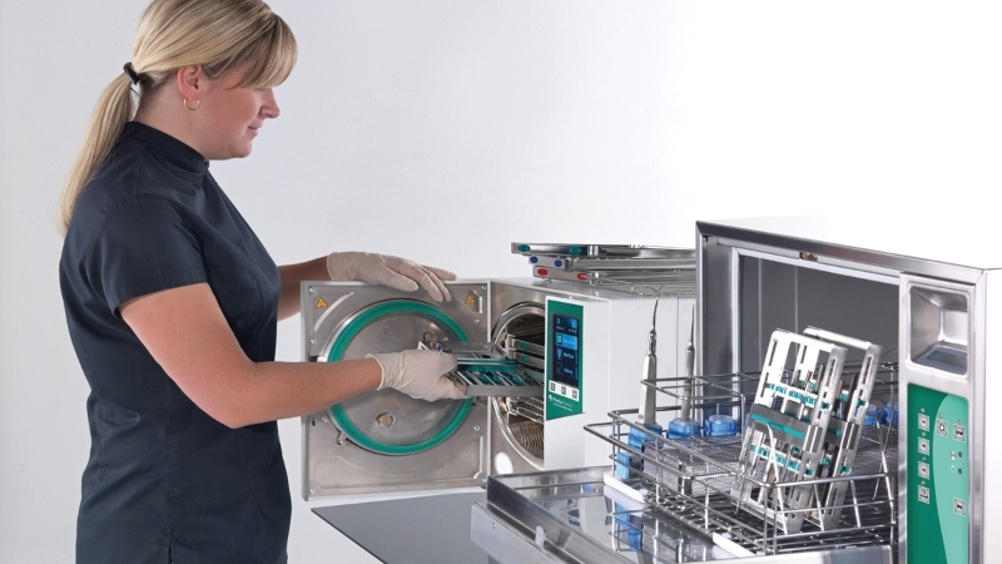Beating the bottleneck

Christine Bowness on how to implement an efficient infection control routine.
Dental practices know they need to be working towards meeting best practice requirements but complain of resulting bottlenecks which can be costly in both time and money. However, there are some simple ways of reducing the processing time – especially useful when practice incomes are being squeezed.
Clean
Probably the biggest decision currently faced by dental practices is whether to buy a washer disinfector– if you are still manually scrubbing in a sink at your practice, then these are the questions you need to consider:
• Do you have two sinks?
• Do you have a dedicated decontamination nurse?
• Do you have clear and concise manual cleaning protocols/procedures in place and documented?
• Have the staff undergone training, if yes by whom?
• Do you inspect the instruments after cleaning?
• Are you able to validate the process?
• How long do you spend cleaning each instrument?
The fact is, correctly cleaning instruments by manually scrubbing is not only a messy but a time-consuming process. The majority of dental practices would find the installation of a correctly-sized washer disinfector to be a much quicker and more cost effective alternative, resulting in a faster turnaround of instruments.
Register now to continue reading
WHAT’S INCLUDED
-
Unlimited access to the latest news, articles and video content
-
Monthly email newsletter
-
Podcasts and members benefits, coming soon!
